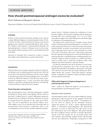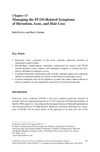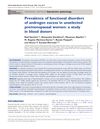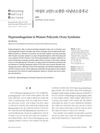Bilateral Leydig Cell Hyperplasia: A Rare Cause of Postmenopausal Hirsutism
February 2022
in “
Case reports in endocrinology
”
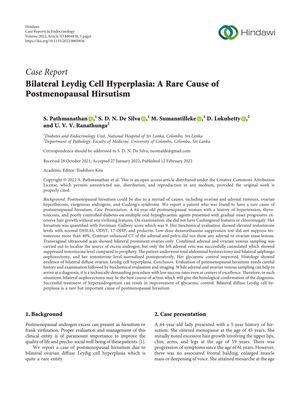
TLDR An unusual growth of Leydig cells in a woman's ovaries caused her excessive hair growth, which was treated successfully with surgery.
A 64-year-old postmenopausal woman with a history of hypertension, thyrotoxicosis, and poorly controlled diabetes presented with progressive excessive hair growth, quantified with a Ferriman-Gallwey score of 9. Elevated testosterone levels were found with normal levels of other hormones. Imaging did not reveal any adrenal or ovarian masses, but transvaginal ultrasound showed prominent ovaries. Adrenal and ovarian venous sampling, which was only partially successful, indicated the ovaries as the source of excess androgen. After a total abdominal hysterectomy and bilateral salpingo-oophorectomy, the patient's testosterone levels normalized, and her diabetes control improved. Histology confirmed bilateral diffuse Leydig cell hyperplasia as the cause of her hirsutism. This case highlights that bilateral diffuse Leydig cell hyperplasia, although rare, is an important cause of postmenopausal hirsutism and suggests that oophorectomy can be an effective treatment when venous sampling is inconclusive.
